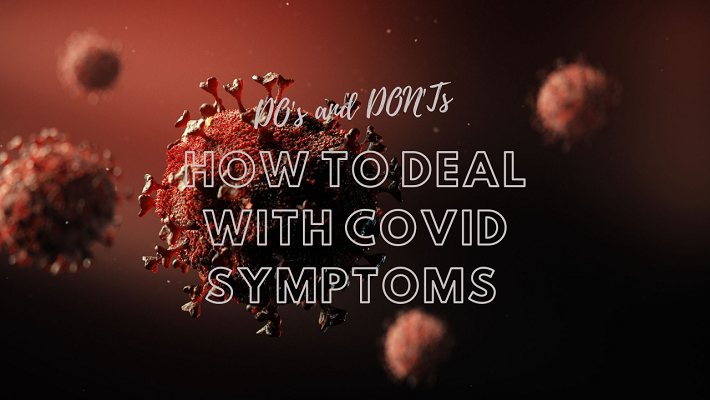
In the past few times, Covid completely changed us. While the climate started to mend, people were confined inside.In the past few times, Covid completely changed us. While the climate started to mend, people were confined insid The major way of life changes was seen. An environment where Folks love social connection was prohibited from it. People started adapting, and now, another method of living has arisen. If you've understood it, there have been such countless changes in our regular day-to-day life on account of Covid, that couldn't ever have occurred. Coronavirus is a group of infections that cause disease in animals and peoples. They can cause upper respiratory tract infections in people, with symptoms and complexities going from gentle to extreme.
There are four common human coronaviruses
- 229E (alpha coronavirus)
- NL63 (alpha coronavirus)
- OC43 (beta coronavirus)
- HKU1 (beta coronavirus)
- Other human coronaviruses
- MERS-CoV (the beta coronavirus that causes Middle East Respiratory Syndrome, or MERS)
- SARS-CoV (the beta coronavirus that causes severe acute respiratory syndrome, or SARS)
- SARS-CoV-2 (the novel coronavirus that causes coronavirus diseaseor COVID-19)
The six symptom groups in a sequence from least to most severe are:
- Headache, loss of smell, muscle pains, cough, sore throat, chest pain, no fever.
- Headache, loss of smell, cough, sore throat, hoarseness, fever, loss of appetite.
- Headache, loss of smell, loss of appetite, diarrhea, sore throat, chest pain, no cough.
- Headache, loss of smell, cough, fever, hoarseness, chest pain, fatigue.
- Headache, loss of smell, loss of appetite, cough, fever, hoarseness, sore throat, chest pain, fatigue, confusion, muscle pain.
- Headache, loss of smell, loss of appetite, cough, fever, hoarseness, sore throat, chest pain, fatigue, confusion, muscle pain, shortness of breath, diarrhea, abdominal pain.
Dos and Don'ts for Everyone
- Do wash your hands for 20 seconds, a few times each day. Use cleanser and water or a hand sanitizer with 60% alcohol: Before cooking or eating, before utilizing the washroom, before cleaning out your nose, coughing, or wheezing.
- DON'T touch your eyes, nose, and mouth. On the off chance that you have by one way or another come into contact with the infection, contacting your face can help it with entering your body.
- DO learn the symptoms, which are similar to the flu and may not emerge until 14 days after exposure: Fever, Cough, Shortness of breath, Most cases don't begin with a runny nose.
- Don'ts wear a mask unless you're sick. Masks help to shield others from getting the infection, however wearing one when you're fit will not do a lot.
- DO think about playing it safe and avoiding public spots in case you're more than 60 years of age, or have a health condition, as you have a higher danger of building up the infection. Note that as of now, the most noteworthy danger bunches seem, by all accounts, to be seniors and individuals with previous conditions like heart disease, chronic respiratory diseases, and diabetes.
- DON'T think youngsters will not get seriously sick or even pass on. As of March 16, 38% of all hospitalizations were of individuals 20-to-54 years of age.
- DO stay indoors. A tainted person can spread the infection in a split second and crowded places are a decent method to achieve this. Ensure you wear full sleeves shirts with anti-air pollution mask when you travel.
- DON'T travel unnecessarily. The air terminals and planes are the places where you are well on the way to get a disease. It is fitting not to travel except if totally important.







